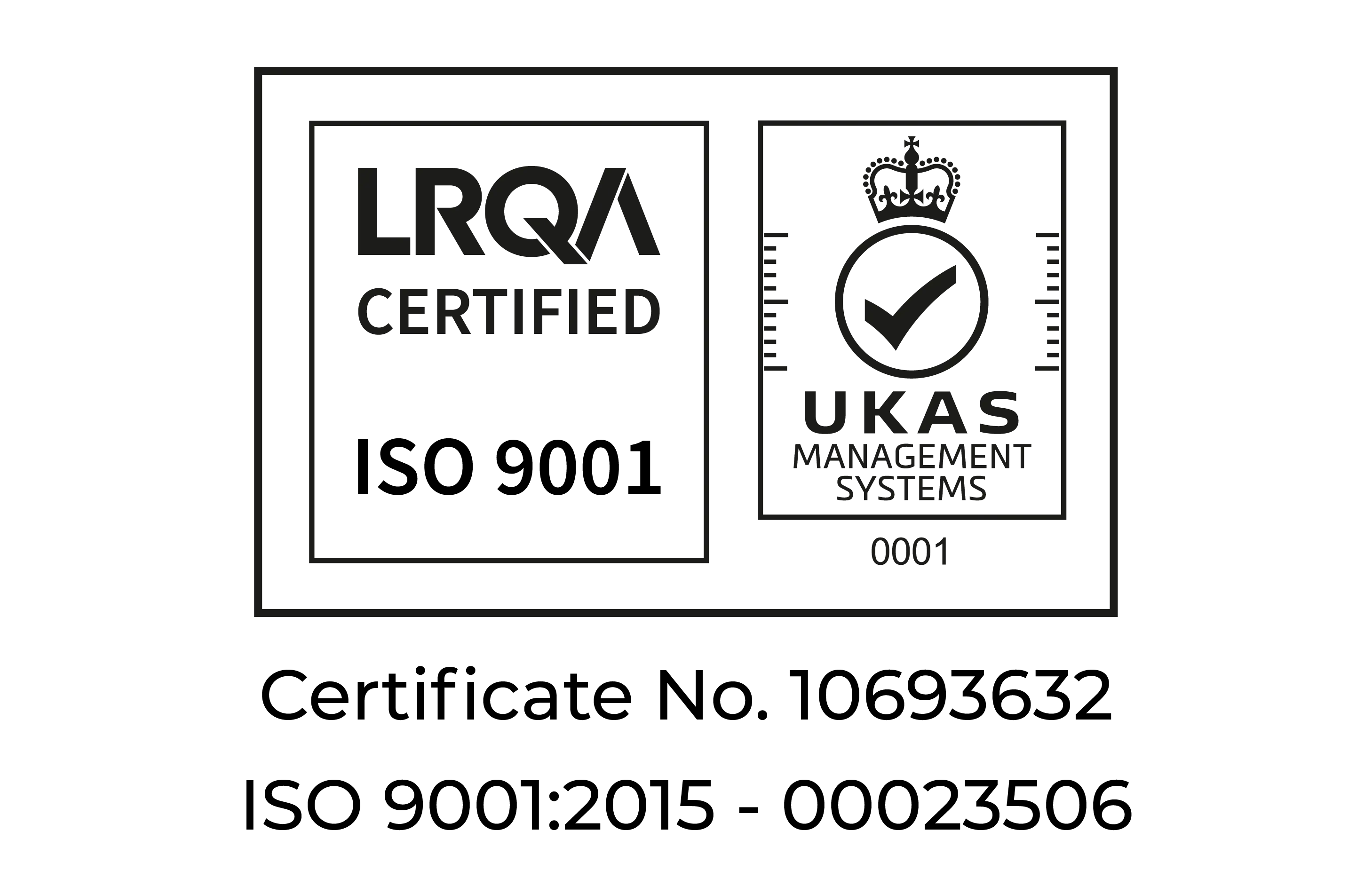Share this
4 Cost-Reducing Strategies Your Manufacturing Company Can Implement Today
by Hannah Brown on Nov 2, 2021 4:26:00 PM

The biggest challenge, when faced with reducing costs for your manufacturing business, is deciding how to reduce costs without reducing part quality or productivity.
So what if it was possible to reduce manufacturing costs without compromising on anything else, and actually improving your processes in the long run?
Sounds too good to be true? Read on to discover the strategies you can implement to make this happen.
Use Simple Fixtures
Tooling and fixturing costs can quickly mount up for manufacturers that use hard fixturing as part of their process. Not only are these fixtures expensive in their own right, they also incur additional costs:
- Fixtures must be maintained to a high level because, if they become damaged, no machining can take place and production must be stopped.
- A dedicated fixture must be built for one specific part, or family of parts.
- High skill levels are required to present the parts correctly on the machine.
To reduce these costs, you should use simple, generic fixtures and more sophisticated alignment tools instead. These cost-effective fixtures can be used for multiple parts and often give better part access so mid-process setup steps can be removed, freeing up machine time and increasing productivity.
Track Machine Performance
If you don’t know your machine’s capability or performance, you’re not only opening yourself up to problems later down the line, you’re also missing a key component of your manufacturing process where you could be reducing costs.
By tracking your machine’s performance, you can anticipate when the machine is likely to fail or go out of tolerance. This allows you to plan maintenance accordingly, eliminate the cost of emergency call-out fees and reduce the cost of lost production due to unforeseen machine downtime.
MSP offers a machine capability tracking tool that also highlights why your machine might be out of tolerance. This information can be key to understanding if you need to call out maintenance in the first place, as it might be possible for you to fix the issue yourself, eliminating maintenance costs completely.
Automate To Aid Productivity
All manufacturers want their workforce to be as efficient and productive as possible. By introducing automation into your processes, operators can set up jobs before they leave for the day and allow the machine to run overnight for full 24/7 lights-out production. This reduces the need for unplanned/excessive overtime and, if your staff can stick to their allocated shifts, chances are they will be happier and more engaged, which will improve productivity.
In terms of reducing costs for manufacturers, the use of automation simplifies complex processes and allows staff with a low skill level to run the machining programs. This reduces the need to pay for highly skilled machinists or frees up time for your skilled personnel to focus on other projects and add value elsewhere in the business.
Remove Errors Right At The Beginning
Our final cost-saving strategy for manufacturers is perhaps the most obvious, yet overlooked, strategy of them all.
Chances are you have come across the following scenario before: You’ve set up your machine and probe, you’ve aligned your part, you’ve machined the part and then it fails inspection and has to be scrapped. All that time, money and resources wasted.
The remedy is to squeeze all the errors out of the process from the outset, to prevent this from happening again. In practice, this involves taking steps to:
- Verify the machine and probe are setup correctly
- Verify the machine is capable of machining parts to tolerance
- Verify the part’s condition of supply is good
- Verify the part alignment is precise
The result? The part is machined accurately and passes inspection with flying colours. No scrap, no wasted resources and no sky-rocketing manufacturing costs.
These tips are all useful ways to reduce manufacturing costs and implementing them will also speed up production and create a more streamlined manufacturing process. If you’re not sure where to start, get in touch with MSP to find out how to introduce each of these cost-reducing strategies into your business.
Image Source: Unsplash
Share this
- December 2025 (1)
- August 2025 (1)
- June 2025 (2)
- April 2025 (1)
- March 2025 (2)
- January 2025 (1)
- November 2024 (1)
- April 2023 (2)
- December 2022 (2)
- July 2022 (1)
- May 2022 (4)
- November 2021 (1)
- October 2021 (1)
- September 2021 (2)
- January 2021 (1)
- December 2020 (1)
- December 2018 (1)
- August 2018 (1)
- August 2017 (1)





